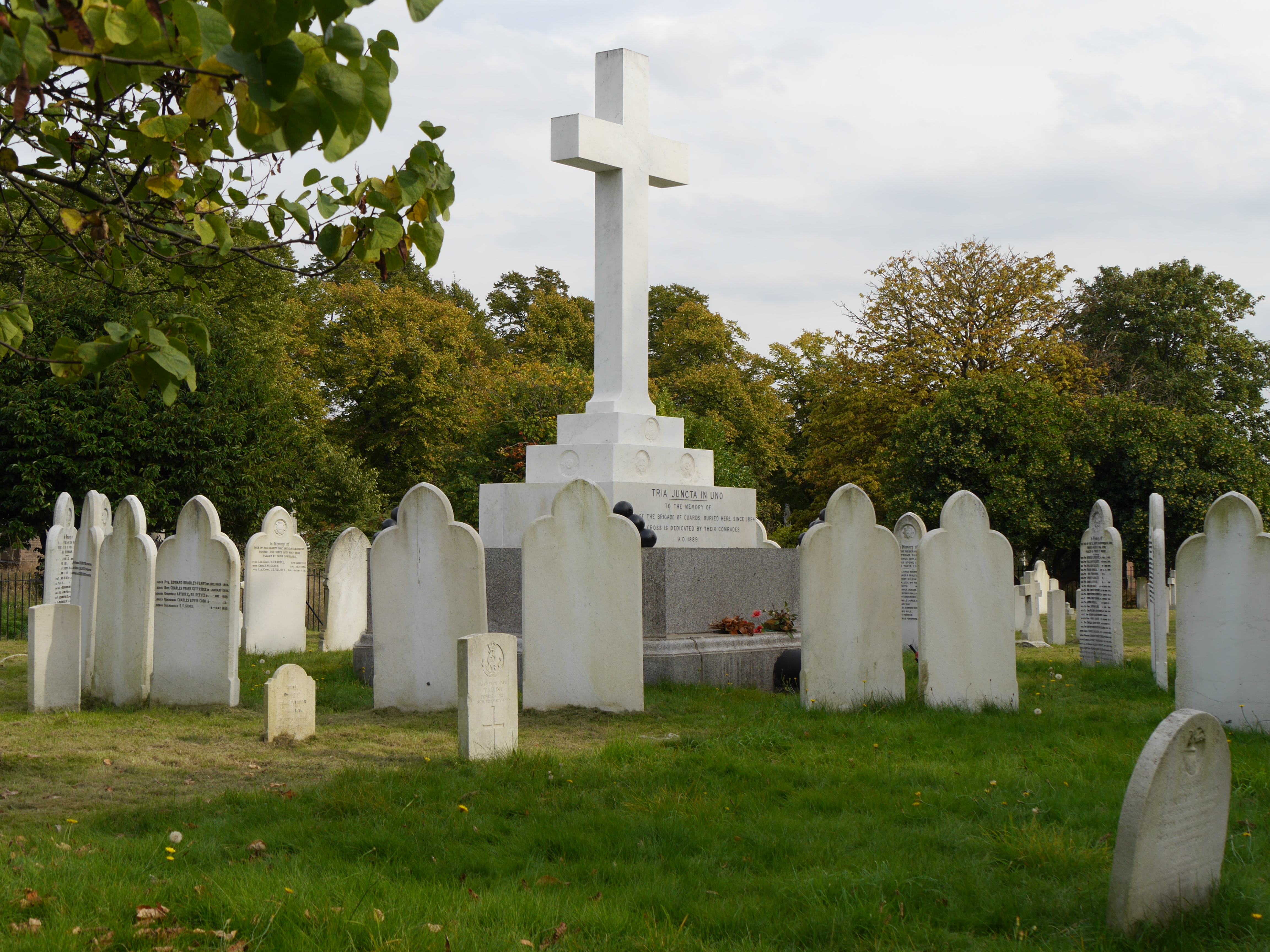Brigade of Guards on:
[Wikipedia]
[Google]
[Amazon]
 The Brigade of Guards was an administrative formation of the
The Brigade of Guards was an administrative formation of the
 * 1st Battalion,
* 1st Battalion,
Brigade of Guards
Infantry administrative brigades of the British Army Military units and formations established in 1856 Guards Division (United Kingdom) {{UK-mil-unit-stub
British Army
The British Army is the principal land warfare force of the United Kingdom, a part of the British Armed Forces along with the Royal Navy and the Royal Air Force. , the British Army comprises 79,380 regular full-time personnel, 4,090 Gurk ...
from 1856 to 1968. It was commanded by the Major-General commanding the Brigade of Guards and was responsible for administering the guards regiment
A regiment is a military unit. Its role and size varies markedly, depending on the country, service and/or a specialisation.
In Medieval Europe, the term "regiment" denoted any large body of front-line soldiers, recruited or conscript ...
s.
After the Second World War
World War II or the Second World War, often abbreviated as WWII or WW2, was a world war that lasted from 1939 to 1945. It involved the vast majority of the world's countries—including all of the great powers—forming two opposi ...
the British Army had fourteen infantry depot
Depot ( or ) may refer to:
Places
* Depot, Poland, a village
* Depot Island, Kemp Land, Antarctica
* Depot Island, Victoria Land, Antarctica
* Depot Island Formation, Greenland
Brands and enterprises
* Maxwell Street Depot, a restaurant in ...
s, each bearing a letter. Infantry Depot A at Wellington Barracks
Wellington Barracks is a military barracks in Westminster, central London, for the Foot Guards battalions on public duties in that area. The building is located about three hundred yards from Buckingham Palace, allowing the guard to be able to ...
was the headquarters for the five guards regiments.
In line with the reforms of the army, it was renamed as the Guards Division on 1 July 1968.Whitaker's Almanack 1969, p. 473
Units
 * 1st Battalion,
* 1st Battalion, Grenadier Guards
"Shamed be whoever thinks ill of it."
, colors =
, colors_label =
, march = Slow: " Scipio"
, mascot =
, equipment =
, equipment ...
(1656–)
* 2nd Battalion, Grenadier Guards (1656–1994)
* 3rd Battalion, Grenadier Guards (1760–1961)
* 1st Battalion, Coldstream Guards
The Coldstream Guards is the oldest continuously serving regular regiment in the British Army. As part of the Household Division, one of its principal roles is the protection of the monarchy; due to this, it often participates in state ceremonia ...
(1650–)
* 2nd Battalion, Coldstream Guards (1711–1994)
* 3rd Battalion, Coldstream Guards (1897–1959)
* 1st Battalion, Scots Guards
The Scots Guards (SG) is one of the five Foot Guards regiments of the British Army. Its origins are as the personal bodyguard of King Charles I of England and Scotland. Its lineage can be traced back to 1642, although it was only placed on the E ...
(1660–)
* 2nd Battalion, Scots Guards (1689–1994)
* 1st Battalion, Irish Guards
("Who Shall Separate s")
, colors =
, identification_symbol_2 Saffron (pipes), identification_symbol_2_label = Tartan
, identification_symbol =
, identification_symbol_label = Tactical Recognition F ...
(1900–)
* 1st Battalion, Welsh Guards
The Welsh Guards (WG; cy, Gwarchodlu Cymreig), part of the Guards Division, is one of the Foot Guards regiments of the British Army. It was founded in 1915 as a single-battalion regiment, during the First World War, by Royal Warrant of George V. ...
(1915–)
* Guards Machine Gun Regiment
The Guards Machine Gun Regiment was a regiment of the British Army, formed for service in the First World War.
When the Guards Division was formed in August 1915, it included three machine gun companies, with a fourth added in March 1917. In Apr ...
(1917–1920)
* Composite Guards Parachute Battalion (1946–1948)
* Guards Independent Parachute Company (1948–1968)
References
External links
Brigade of Guards
Infantry administrative brigades of the British Army Military units and formations established in 1856 Guards Division (United Kingdom) {{UK-mil-unit-stub